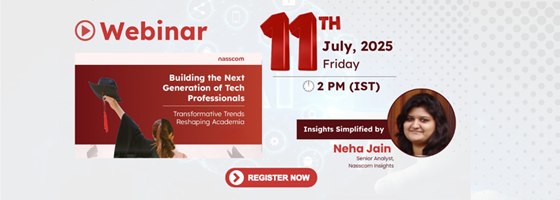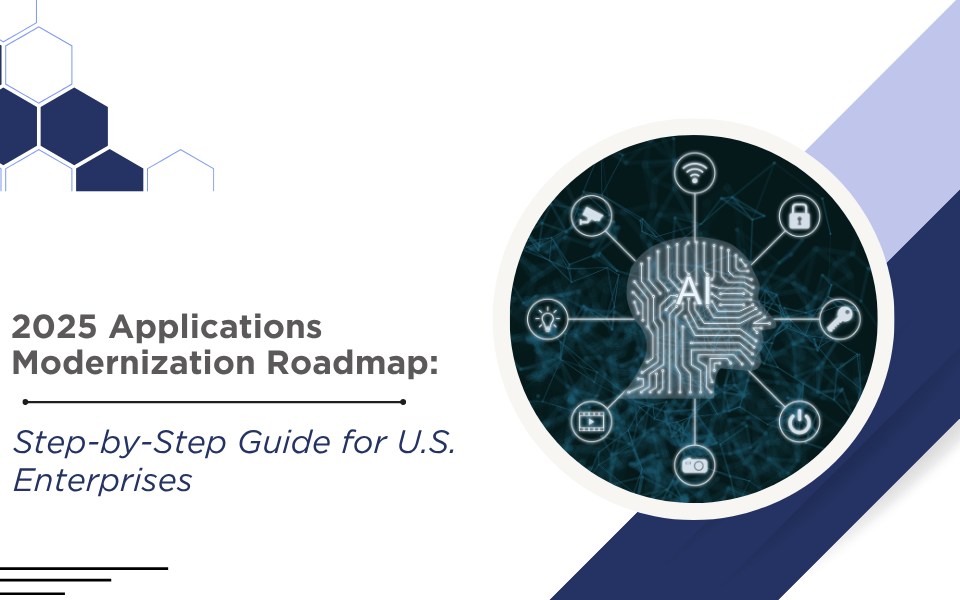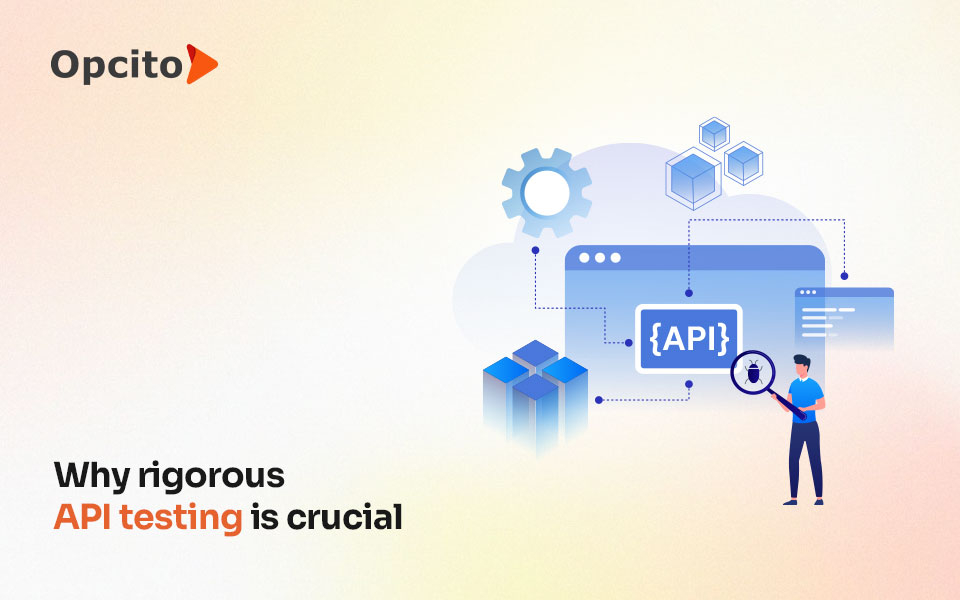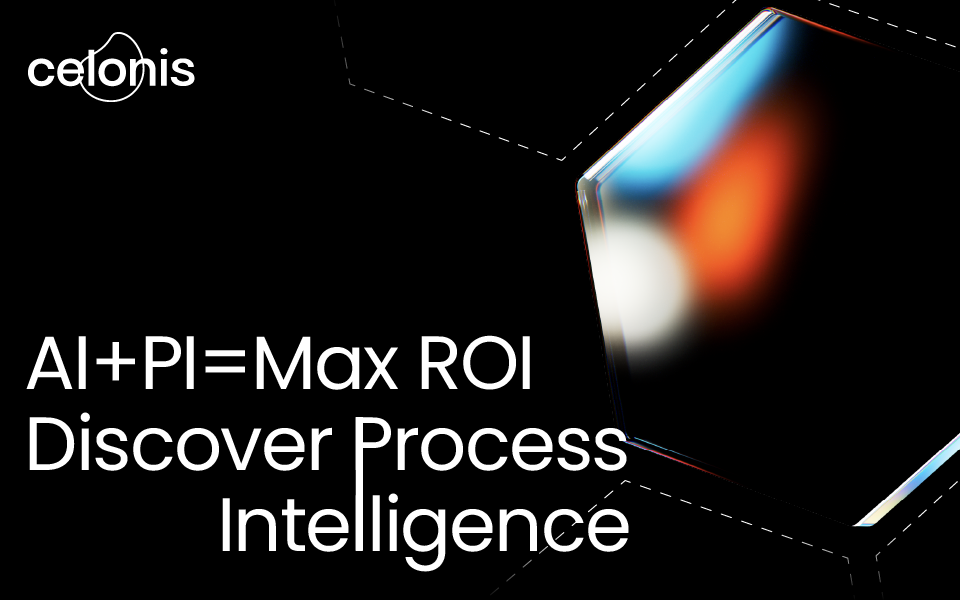Artificial Intelligence is among the sharpest tools available today to perform manual tasks with precision and accuracy. In an agrarian society like India, AI has proven to be helpful in grading and sorting produce. Algorithms can sift through tonnes of agricultural produce to identify defects, growth patterns and viability of the products for sale.
Recently, ITC Agri Business Division (ABD) opted to use an analytics platform to grade tobacco leaves. Constems-AI Systems took nearly four months to come up with a solution and another four months to come up with a deployable solution at the ITC factory.
Selling tobacco leaves to domestic and international customers is a major business for ITC ABD. Procurement and processing (threshing and packaging) are the major activities of the business. Each customer has specific requirements for leaf tobacco, which is achieved by blending different kinds of leaves together. With tobacco being an agri-produce under the ITC business lines, there are massive variations found in the leaf year-on-year.
Regardless, customers expect consistent product grades, which makes the blending process critical from the business standpoint.
Usually, a customer places a sales order against tobacco grades (made via blending). Following which, every sales order of tobacco grade should comply with customer grade requirement based on specific parameters such as: Colour of Tobacco Leaves and Ripeness of Tobacco Leaves. It is important that the grades blended and processed in the unit are inspected for physical compliance with the customers’ requirements.
With widespread operations across ABD, it becomes challenging to maintain similar standards for the mentioned physical parameters, for processed tobacco coming out of different factories (or for that matter same factory, but at a different time period). Hence, the physical quality standards/checks are subjective and in the hands of the process coordinator. At any of the ITC ABD Tobacco (leaves) Processing Factory, grades of tobaccos are processed manually by a human expert grader on daily basis to supply to customers across the world. For any processed tobacco, cases produced will be graded & inspected by individual experts on certain parameters. Only if the tobacco has passed this manual inspection test, does it get shipped to the customer. With this manual process, manual resources (expert graders) on the shop floor could inspect only 10% of the total number of tobacco cases at the processing plant. Tobacco grading, as a process, is highly subjective worldwide due to the high level of intricacy needed. ITC Agri-Division & other leading players such as British American Tobacco are driving research and development initiatives in this space to make this process standardized and efficient.
Delivering high-value business impact
The business envisages a robust quality check and analytics system to ensure that the cases processed in the factory are in line or physically compliant (in terms of identified parameters to grade Tobacco) with the customer approved tobacco grades.
The current quality inspection process is completely manually operated. The process involves a Tobacco Expert checking for various physical conformity for the Processed Tobacco Cases with the Customer required tobacco grades on various tobacco grading parameters. This process associates itself with the following limitations:
- Subjectivity (by individual biases & environmental factors) involved in human judgment
- Only 10% of Tobacco consignment cases are inspected due to various logistical problems
- Very High lead time – Inspection process happens 1 day after the cases are processed
What were the different data sources considered and incorporated into the solution?
A base level machine learning model was built using a data set of more than 1500 images of tobacco (leaves) grades using inputs from ITC’s expert. In addition, data was collected from the factory line for testing, grading & upgrade of solution.
Solution architecture:
The grading system is a continuous system, with training and prediction interleaved. The blank system starts with some initial hyper parameter settings and is set for training mode. After training, the system is ready for prediction. The predicted values are audited by expert graders on a random basis. The audited result is treated as another training sample with weights adjusted based on the difference in results predicted by the system and expert graders. The training mode starts with master mode cases and its corresponding production cases along with the result generated by the expert graders on the defined grading (scale) parameters. The input is processed in parallel pipelines for the pre-defined parameters. Each pipeline has distinct steps, namely clean-up, pre-processing, transformations, feature extraction and feature selection, these steps are explained later for each attribute. The selected features are input to a multi-layer neural network for the classification output. The result is prediction matching of the production cases with the master case for each of the attributes, which are further combined into one score by applying weighted average. The multi-layered neural network weights are calibrated by back-propagation based on the extracted features from master and the production cases. The final outcome provides the predictions for each of the attributes
What were the different AI techniques implemented?
Briefly, structural features are extracted, then these features are selected and finally classification is done using multi-layer neural network. Broadly the technique used are max-pooling, convolution, L2 distance, multi-layer neural network, particle swarm optimization, clustering, canny edge detection
What were the different tools, platforms and languages employed?
Tensor flow with CUDA core support, Linux as Operating System, standard C-libs and Python-libs are used for custom model creation
To provide an overview of AI based Packaged Tobacco Inspection System, it consists of primarily two modules (2) main AI application module/s, grading application known as “CAI’s Core module” and user interface (UIs) known as “CAI-UI’s Software module”, apart from HD Industrial-Built Camera, which is custom-designed and mounted with a pneumatic arm on each of the lines, operates in-sync with tobacco-case production & inspection cycle. The automated inspection application resides on the ITC server, while the web-interface accessible through on ground Desktop / Personal Computer beside the tobacco crate packing system. There will be third reporting module for ITC project management team: the “CAI-Reporting System”, which will be available on the ITC network through web-UI, which generates inspection output and other predictive results for strategic planning purposes.
How was this solution different from traditional approaches?
This application of AI is rather unique as application to grade agri-based products has not been explored. This is an efficient use of integrated hardware and highly analytical AI-application to solve a business problem in agri-business domain.
The company observed that while they didn’t anticipate agri-product (leaves) density mapping could be done from tobacco (leaves) case images, they weren’t initially confident about mapping color or ripeness. However, they were more confident about extracting density map for uniformity distribution of veins in leaves. On the contrary, the solution gave 100% accurate predictive results for color and ripeness of tobacco leaves basis image data input, which they earlier could NOT achieve perfect results for uniformity parameter/s results.
Challenges Addressed:
- Machine Learning Model – able to predict and grade tobacco leaves with highest level of efficiency and accuracy level factoring in inputs from manual experts / tobacco graders
- Integrated Hardware System – to build a seamless system to grade the tobacco leaves in-sync with production cycle
- Auto-upgrade of AI system – on the factory line, over period of time
Prior to their engagement with ITC ABD team, Constems AI had done prototypes at the factory to develop a feasible solutions but there were certain issues with the machine learning model predictability & integrated hardware systems.
The solution is expected to bring convenience in the tobacco inspection process. It reduces cost by reducing man power involvement in the daily inspection process (1 to 2 manual graders per-line) – and cost implication of deploying such a system is less than 1/10th of the cost of manpower incurred per line ? It enhances efficiency by grading tobacco cases to the tune of 100% instead of only 10%, which used to be the inspection number for manual inspection / grading process. The solution is also making possible real time inspection of all 100% tobacco (leaves) cases.
The solution will give a continuous scale measurement for similarity between the processed case and the reference case. This assists the business in making better & efficient decisions in customer shipments & meeting expectations deliverable.
The proposed solution helps in maintaining standards of the product quality by minimizing manual involvement in the inspection process
“ITC has been working with Constems-AI (CAI) for over 8 months for this project. As a rigrous process of selection to work on the project, multiple startups were evaluated by ITC Ltd., and finally, CAI was selected based on the superior results & solution demonstrated to top management. CAI, whose co-founders come with high experience from industry, follows a very structured methodology for problem solving. Their deep expertise in developing vision-based solutions has clearly helped in the project. CAI’s response has been pro-active and discussions with them have been value adding for all the stakeholders involved. In future, expecting the collaboration to deliver increasingly higher values for both the companies involved.”
Ashish Gupta, Head – Digital, ITC Ltd. Agri-Business Division
Constems AI won the NASSCOM Artificial Intelligence Game Changer Awards 2018
This is part of our ongoing series Innovate2Transform, where we bring to you the leaders of the industry talk about the latest in innovation, technology and trends in their industry sectors.
If you want to contribute, write to sindhuja@nasscom.in or pritha@nasscom.in
For more updates, follow NASSCOM CoE IoT-DSAI on LinkedIn, Twitter, Facebook, and Youtube



































Comment
Very informative article !!